We were lucky to catch up with Catherine Rupan Mapp recently and have shared our conversation below.
Catherine, looking forward to hearing all of your stories today. Learning the craft is often a unique journey from every creative – we’d love to hear about your journey and if knowing what you know now, you would have done anything differently to speed up the learning process.
I started drawing as soon as I could hold a crayon. Walls, papers, sidewalks, furniture; honestly I was a pretty destructive little kid who constantly scribbled flowers everywhere. There’s definitely a level of irony to it as well since I’m now doing a lot of murals here in Baltimore City.
Drawing was a skill that I continued to practice almost daily throughout school. Then it eventually led me to MICA where I dove into all the new materials I hadn’t worked with before as a sculpture major: wood, metal, clay, concrete and plaster, fiber, etc. Before MICA, I had always had art classes but was still relatively self-taught. MICA was where I really learned about the importance of specialization in terms of the skill set necessary to work for yourself as an artist entrepreneur. It also led me to narrow down my uses of material to really focus on excelling in something that naturally worked with the language of my conceptual interests.
If I could change anything about my learning process, I think I would have started undergrad as an older student instead of just coming out of high school at 17 and jumping in. I took a leave of absence halfway through my degree due to a few family emergencies and came back as a better student. I was more focused and more experienced and knowledgeable about myself and I think that made all the difference in being able to make the most of the studio facilities and making connections with my professors and other students too. There was such a difference in the quality of work that I was able to produce most importantly because I was so serious about pursuing my art full-time and working for myself after having a few really horrible job experiences.
I think the art world traditionally puts an unnecessary emphasis on eligibility for positions and projects based on degrees earned. As an artist, we learn best by doing and I think that maintaining my own studio practice that I work on daily and having the ability to apply to a variety of different work environments in museums, schools, galleries and even restaurants while maintaining that practice has been such a critical foundation of knowledge. In other words, work experience speaks far more to me than a resume just filled with degrees. I think my undergrad is the best thing that I’ve ever spent money on because it was able to show me how others have done what I want to do, and it trained my brain in how to think critically about what I’m reading, writing and making at all times. However, I think success is largely a marker of how well you can apply what you’ve learned to the ‘real world’. Ideally, you make the biggest progress by doing and then learning along the way.
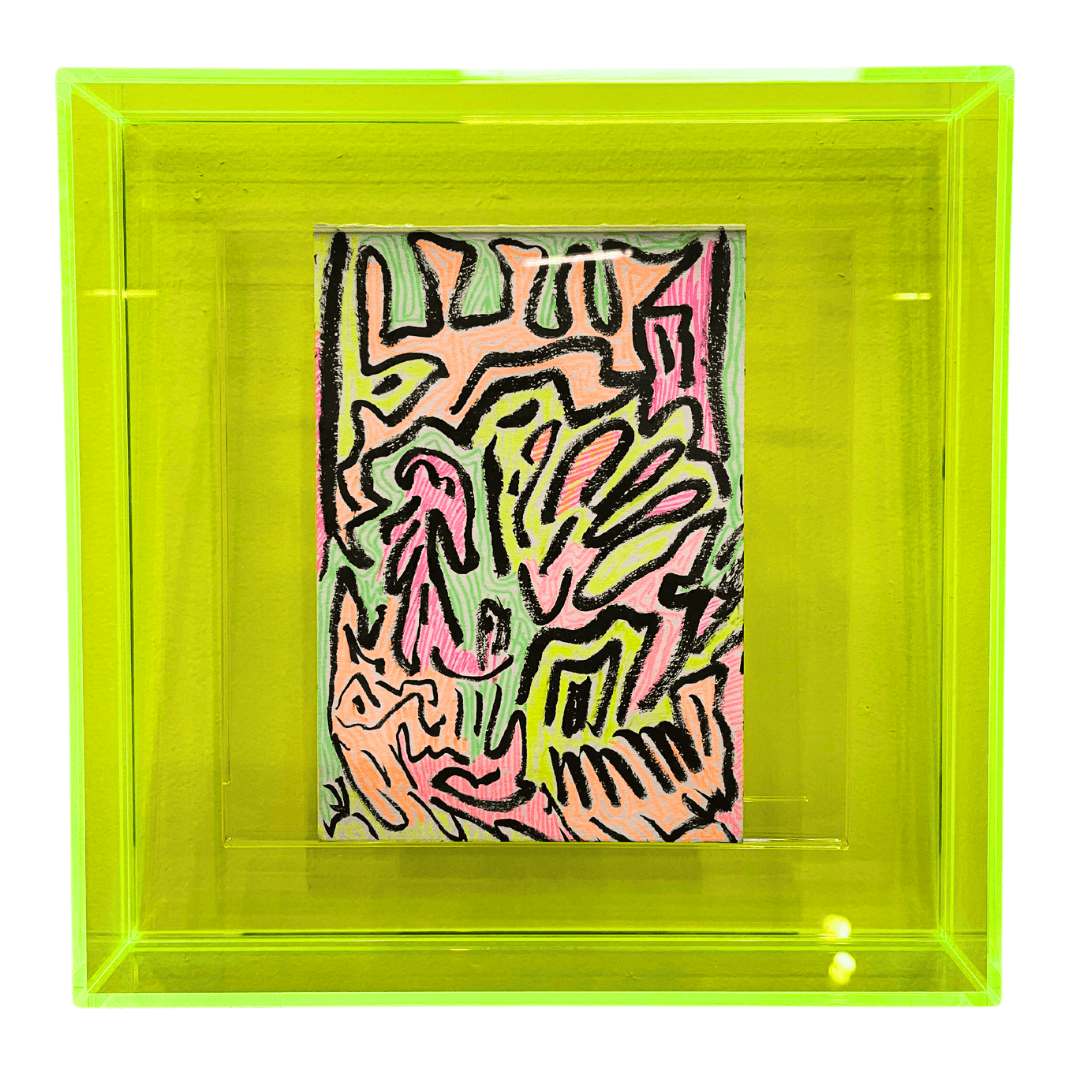
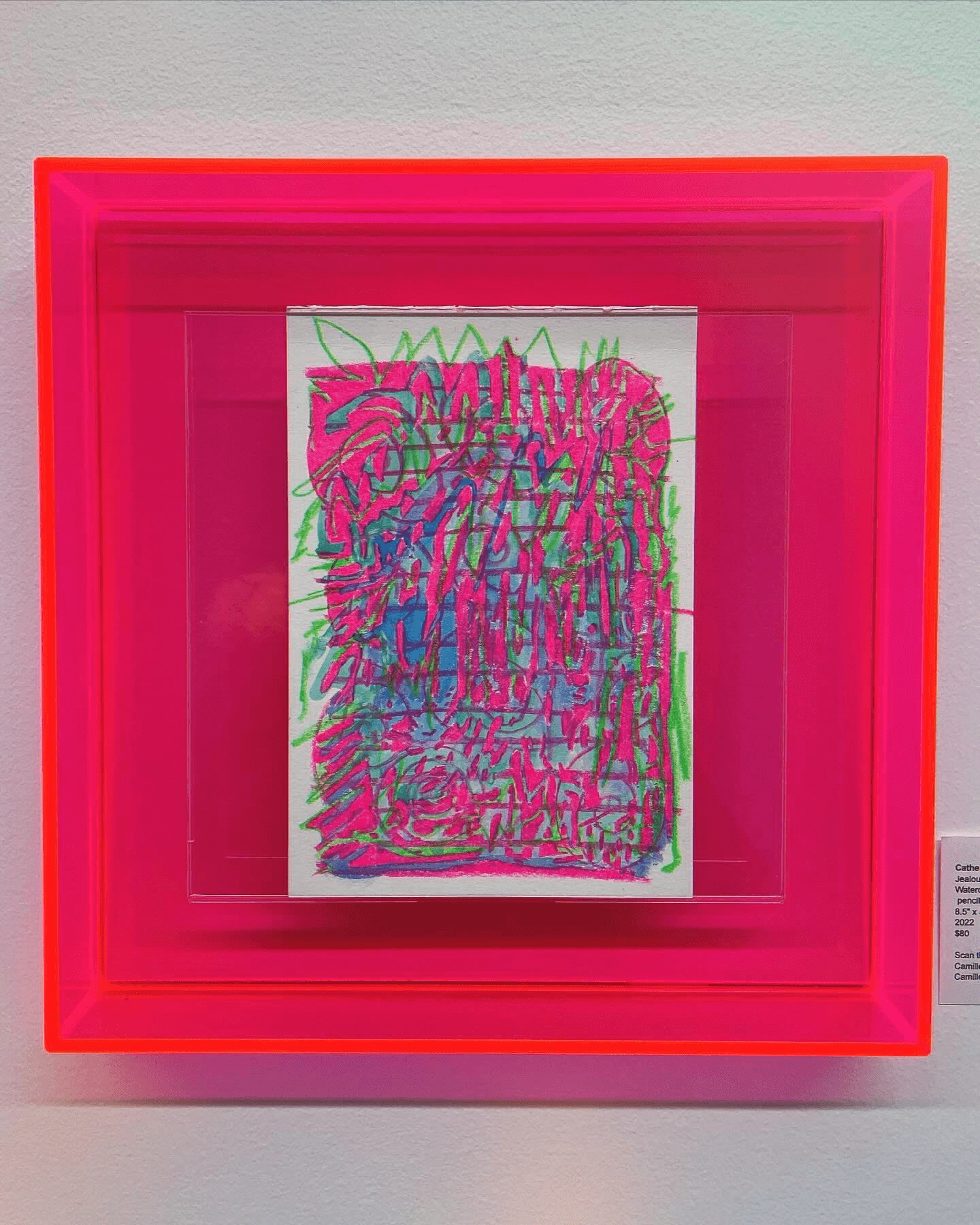
Awesome – so before we get into the rest of our questions, can you briefly introduce yourself to our readers.
Art has always been a central force in my life, especially as an introverted kid who loved to paint and draw. Eventually, in middle school, I began to win art competitions including the Beaux Arts Festival and a few other shows that gave me cash prizes. I was incredibly burnt out academically and trying to figure out what I wanted to study in college and it seemed like all signs for me pointed toward doing something creative. I kept getting external validation that I critically needed every time I pushed forward in that direction; like applying to my dream high school DASH (Design and Architecture Senior High) in my senior year and getting in which was pretty unheard of.
When I got to MICA, I had the best living situation possible where my roommates and I were all highly creative and would paint, sketch, draw, and go to museums and galleries constantly. It was the perfect combination of momentum and collaboration that led to my first big show at School 33 where I got to work closely with a curator and show with MFA candidates even though I still hadn’t even finished my first degree. From there, I got into another show at Area 405 and started to recognize names and faces that I would end up working with years down the line. Baltimore is often called Smalltimore because everyone seemingly knows each other, give or take 1 to 2 degrees of separation.
The more people I got to know, and the more my writing improved after starting grad school, the more acceptance applications seemed to roll through. I started having a resume for each type of job that I would undertake: art handling, public art, teaching etc., and after a year of getting opportunities from volunteering, freelancing, and scouring social media to see who needed a hand with projects: I had three really robust resumes that were leading me to better job after better job. I had a summer of freelancing and working on mural restorations after installing a Banksy pop-up in DC. Everything about being out in the open and meeting new people constantly while working on public art hooked me. And from there, I applied to the first Brush Mural Fest and became a Rising Star in the mural scene. My involvement in that really threw the door open on so many mural and gallery opportunities, including my first solo show through Beth-Anne at Night Owl Gallery who knew me through my work on the piece from the festival.
I think what sets me apart is my work ethic, which definitely comes in part from being a second-generation immigrant. There was one point during my first year of graduate school where I had a total of 4 jobs at once while managing homework. I really do enjoy the adrenaline rush of being able to pull off multiple projects gracefully, and I probably have a touch of ADHD to thank for that as well. It’s gotten to a point where my close friends have dubbed me the hustle monster because I’m always putting myself out there and searching for the next opportunity.
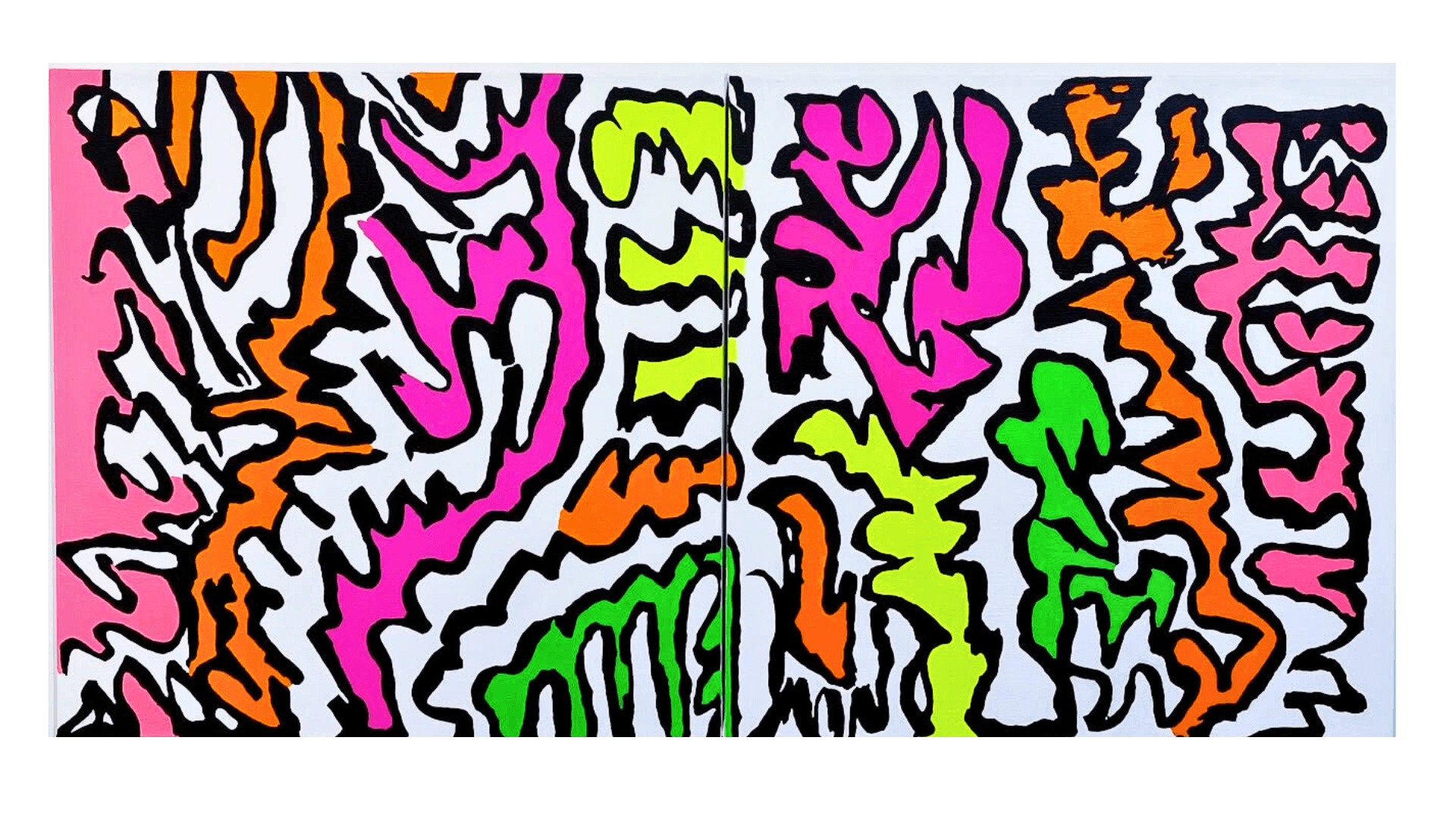
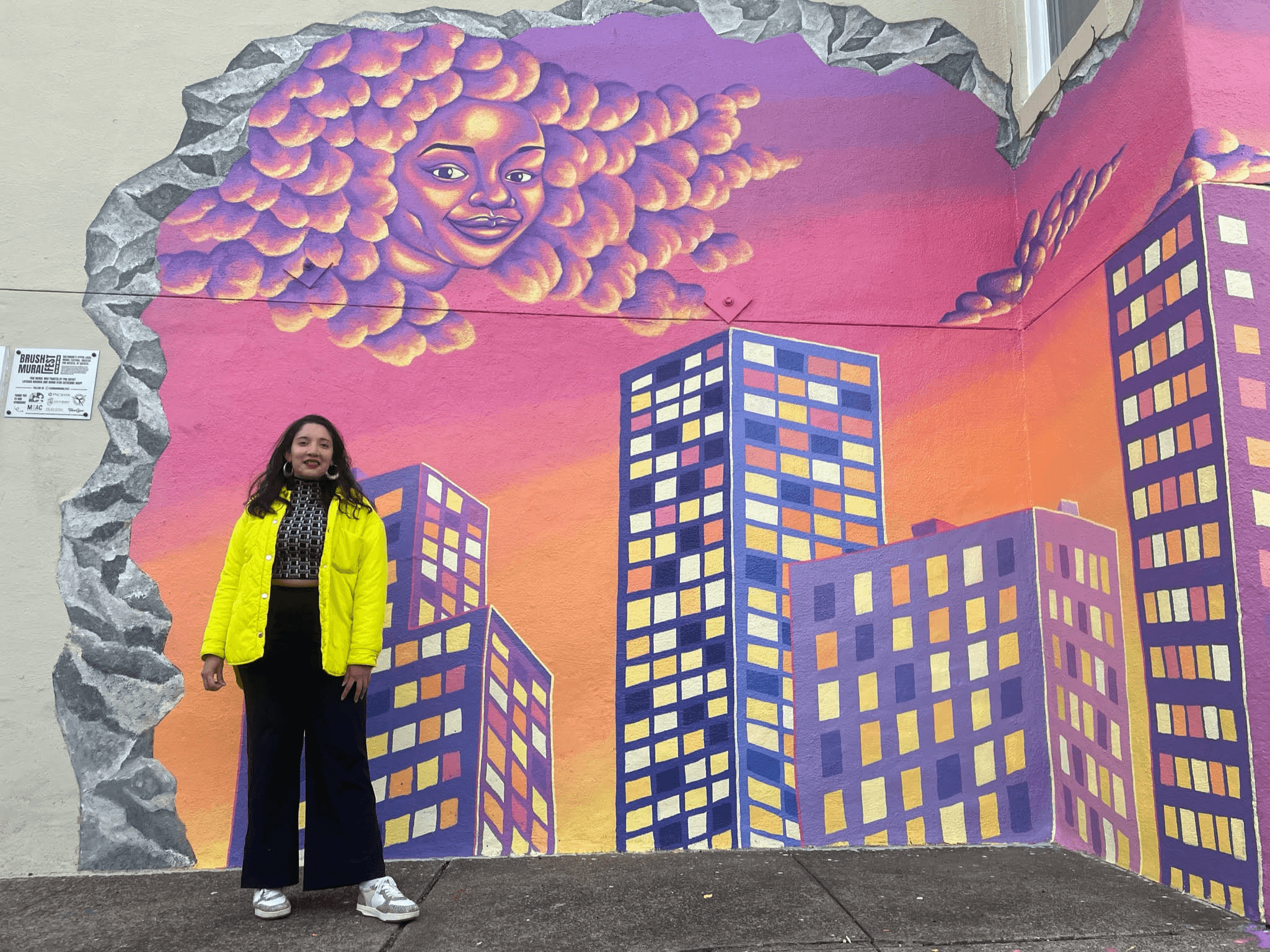
Are there any books, videos or other content that you feel have meaningfully impacted your thinking?
I listen to a podcast called “Beyond The Studio” hosted by two fellow MICA alumni. Their interviews are all about the business of running an art practice and they survey artists across a wide range of industries. In terms of books, “Art/Work” was an amazing resource for different sorts of professional templates that one might need to write to participate in and apply to opportunities. “How To Become A Successful Artist” by Magnus Resch has a lot of great research for understanding the art market and reaching potential buyers more effectively and has many great networking tips.
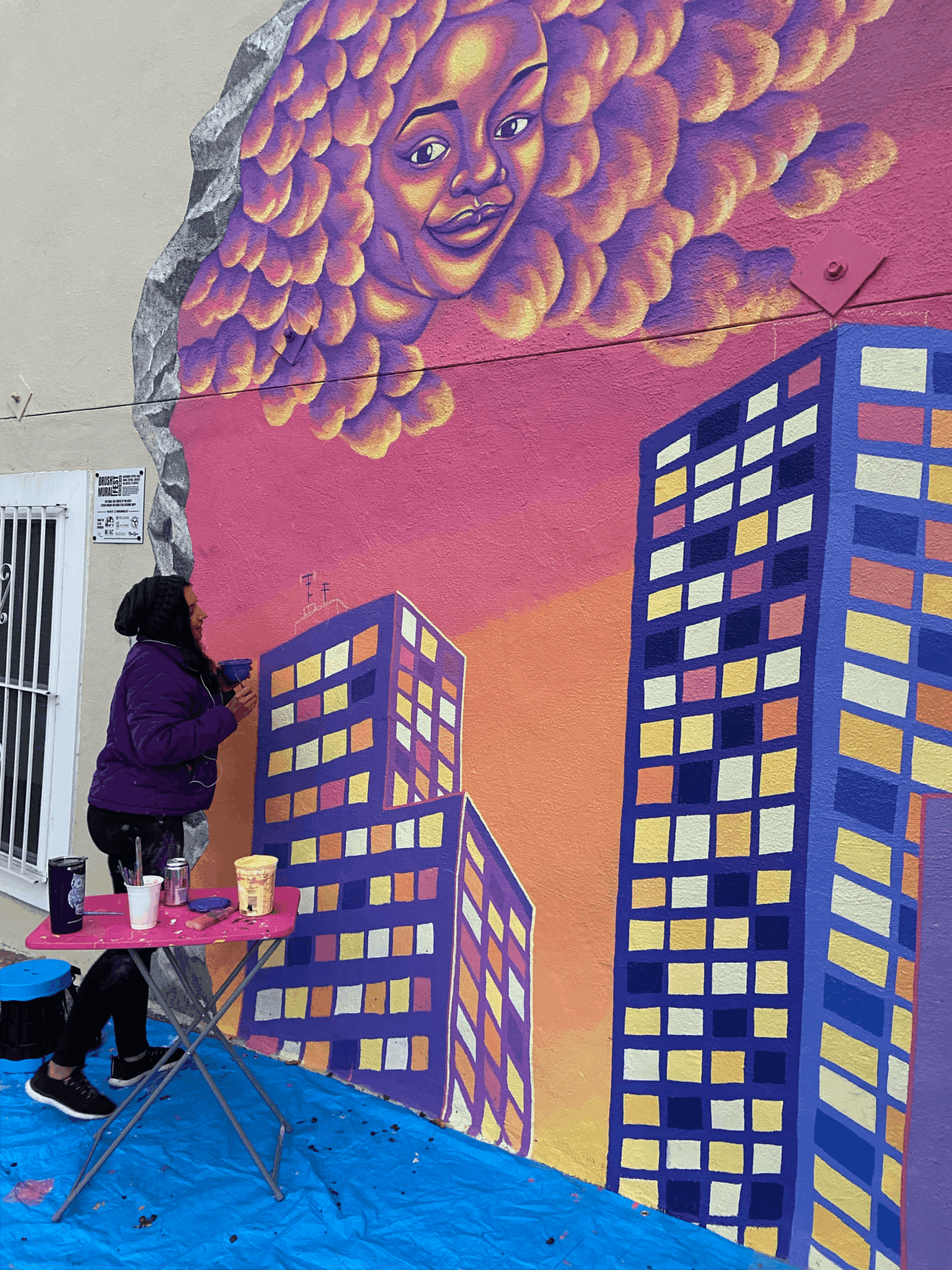
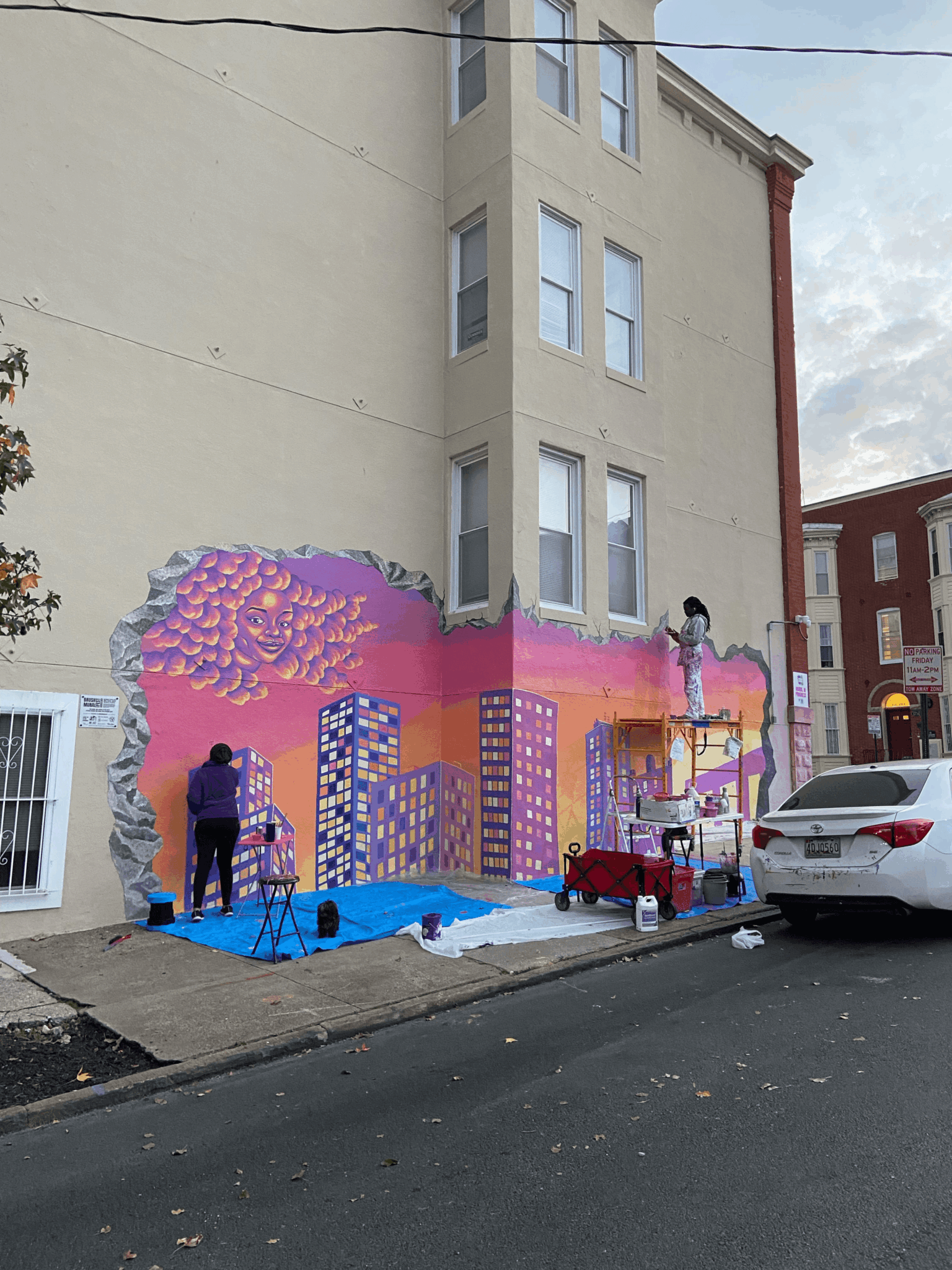
How can we best help foster a strong, supportive environment for artists and creatives?
Universal healthcare and having some sort of financial safety net/universal basic income would be a great place to start across so many industries like the arts where freelancers are left to fend for themselves. There are a few countries that I know of such as Ireland and Germany where similar things have already been enacted for artists. I believe that the UK also provides significant tax breaks for artists to help offset the costs of running their businesses. It also shows how deeply the arts are valued there. Maryland has taken a similar approach in allowing for tax breaks for creatives who do business in designated arts districts such as Station North, where I currently keep a studio. I can definitely speak about how beneficial this is in terms of my own practice where my basic business expenses are so much easier to meet every month due to this loophole.
Being creative and maintaining momentum in your practice while also hanging onto a day job is so mentally and physically exhausting. It definitely doesn’t have to be this way. Art and design permeate just about everything we come into contact with on a daily basis, but the people who put in the time to make are rarely compensated as they should be. It definitely comes down to learned perception of importance and what we as a society value.
Contact Info:
- Website: https://www.catherinemapp.com
- Instagram: https://www.instagram.com/hashtagbluechains
- Other: My curatorial project, Bogus Gallery Studios: https://www.instagram.com/bogusgallerystudios/
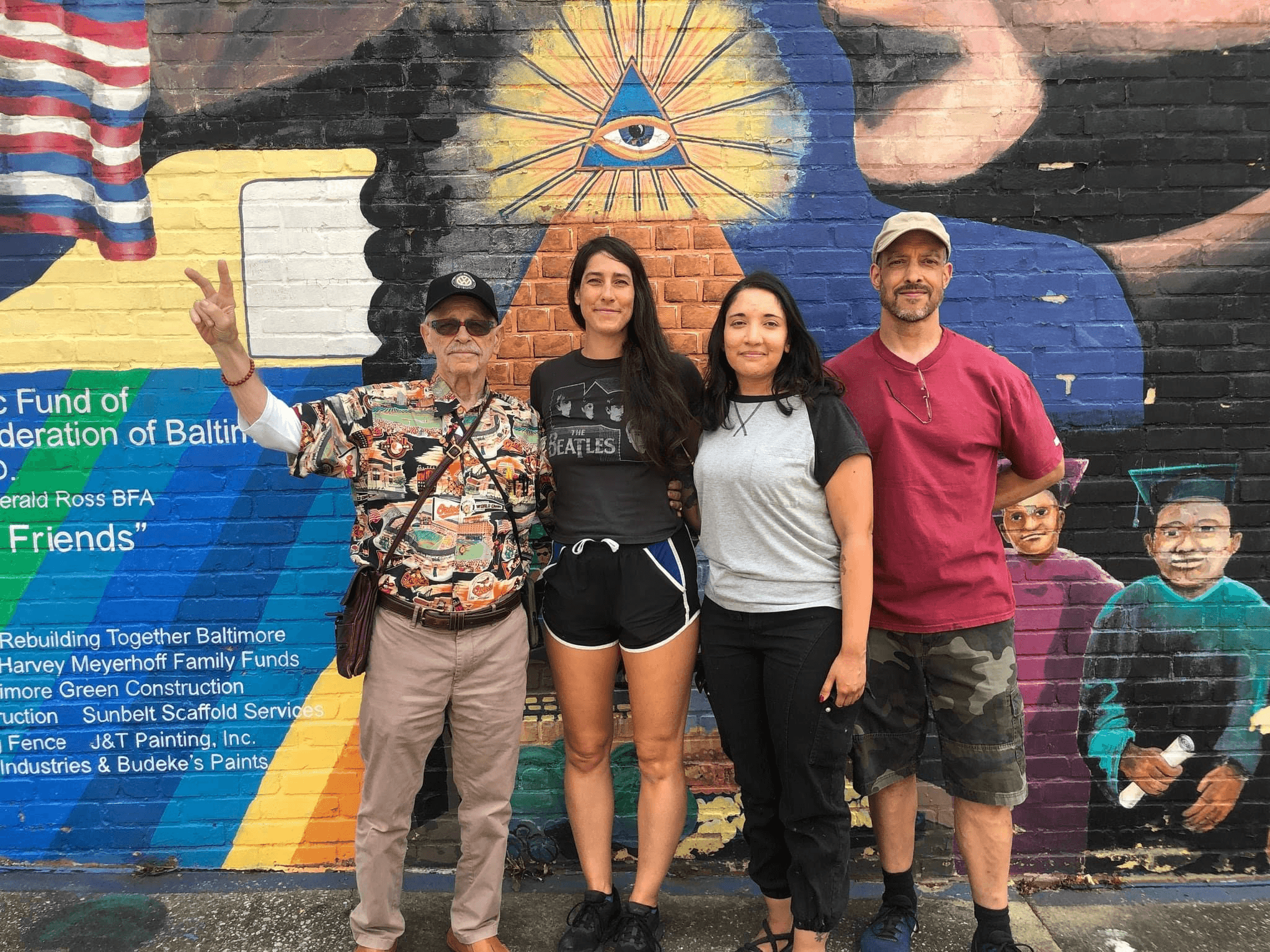
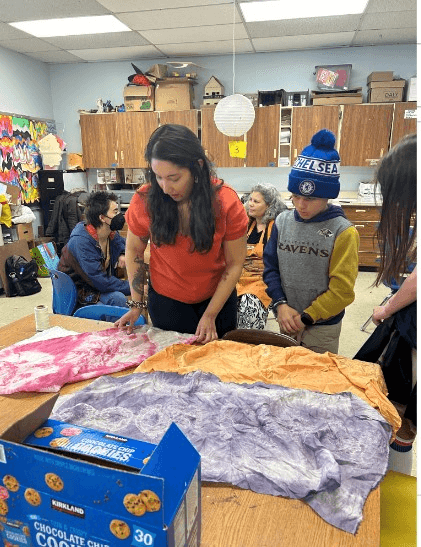
Image Credits
Brandon Price (first photograph of me in the black tshirt in front of the paintings in my studio)
Emmie Connor (photos of me in front of the sunset mural wall)


